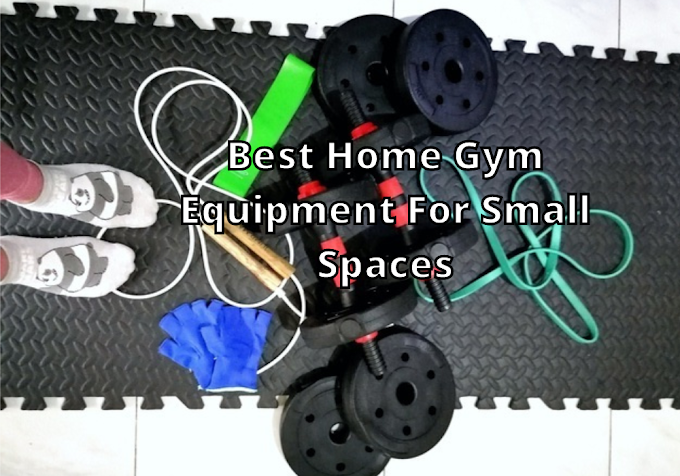What is Foam Rolling
 |
| foam rolling calf muscles |
How
can Foam Rolling help you with Exercise
The
research is clear, foam rolling can be beneficial for many things regarding exercises. From multiple systematic
reviews and analysis of over 50 research articles on the effects of foam rolling it has
been concluded that foam rolling prior to exercise or athletic performance can:
- 1: Have a short-term improvement on sprint performance
- 2: Have short term improvement on flexibility
Foam
rolling after exercise or athletic performance can:
- 1: Decrease sensation of pain, improve perception of pain, and decrease delayed onset muscle soreness (DOMS)
- 2: Improve recovery from exercise at a greater rate than passive recovery
Research also suggest that a combination of foam rolling with stretching post exercise may improve these benefits. However, from research it remains
unclear how foam rolling actually works physiologically. It has been
hypothesized that it may improve blood flow of the muscle, break up trigger
points and fascial restriction within the muscle, and even desensitize or
heighten muscle receptor neurological function.
How to Foam Roll Properly
Research
suggest that a foam rolling session should last anywhere from 10-20 minutes in
total. One should focus on each body part for at least 30 seconds -1 minute for to
2-5 sets. Rolling should be performed in slow back and forth motions on foam roller, but
positions can be held for 30 seconds- 1 minute if you find spots in the muscle
to be particularly “stimulating” or painful. The intensity of the foam rolling
is controlled by how much body weight an individual uses while applying
pressure to the foam roller.
Foam Rolling Lateral Quad Muscle
Foam Rolling Lat Muscle
Foam Rolling Calf Muscles
Foam Rolling Upper Back Muscles
Foam Rolling Glutes and Piriformis Muscles
Different Types of Foam Rollers
So there are several different types of foam rollers depending on how intense or targeted you want the foam rolling to be. So the less dense and smoother a foam roller the less intense foam rolling will be. Foam rollers that are more dense, have ridges and spikes can provide a more intense foam rolling experience. If you are interested in trying foam rolling out for pain relief and to aid your exercise recovery, you can conveniently buy a foam roller on amazon or at any health or sporting store.
References
Cheatham S, Kolber M, Cain M, Lee M: The Effects of Self-Myofascial Release Using A Foam Roll or Roller Massager on Joint Range of Motion, Muscle Recover, And Performance: A Systematic Review. Int J Sports Phys Ther 2015, 10: 827-838
Chris, B., Škarabot, J: Effects of Self-Myofascial Release: A Systematic
Review. Journal of Bodywork & Movement Therapies 2015, https://doi.org/10.1016/j.jbmt.2015.08.007
Wiewelhove T, Döweling A, Schneider C, Hottenrott L, Meyer T, Kellmann M, Pfeiffer M, Ferrauti A: A Meta-Analysis of the Effects of Foam Rolling on Performance and Recovery. Frontiers in Physiology 2019, 10: https://doi.org/10.3389/fphys.2019.00376
This page may contain affiliate links. Read our disclosure to find out more info










0 Comments